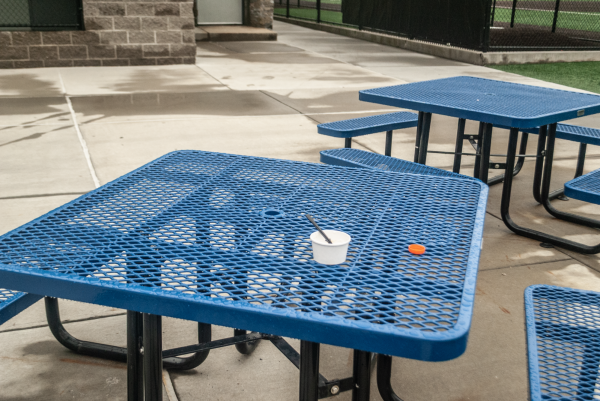SATs to Go Online in 2024
The dreaded SAT is… potentially less dreaded? Long associated with paper and pencil, the SAT is coming to screens near you.
The College Board recently announced that the SAT would be delivered entirely online beginning in 2024. In November 2021, College Board piloted this digital SAT in the U.S. and internationally. Eighty percent of students responded that they found it to be less stressful and one hundred percent of educators reported having a positive experience, according to an article on the College Board’s website.
Priscilla Rodriguez, vice president of College Readiness Assessments at College Board, was quoted in the same article, saying, “The digital SAT will be easier to take, easier to give, and more relevant.” With the use of technology familiar to the young people who take the test, the consensus is that a digital test would be easier than a paper test for our generation. Furthermore, the test can be completed on each student’s personal computers, making them even more comfortable with the obvious stress of test taking. However, to ensure that the integrity of the test is upheld, the digital test will still need to be taken in-person at a test center or school.
The question is will these changes affect the control and domination that standardized testing often has on the college process? “The popularity of the SAT, especially for the class of 2025 and maybe class of 2026, might drop, in favor of the ACT which is going to be standardized… because [the ACT is] not changing,” said Dean Doug Wong. “It’s still going to be paper based so on and so forth. There is a lot of mystery still involved [concerning the digital SAT], in a lot of ways you kind of go with what you know and that’s sort of what the ACT will be.”
Along with the new digital component of the test, the College Board is proceeding with other changes as well. The SAT will shrink from three hours to two, including shorter reading passages and allowing the use of calculators on all math sections. Together, these changes will result in more time allowed per question. The SAT scoring system will also be more efficient, allowing students to receive their scores in days rather than weeks. The online system will also create a unique test for each student, eliminating the possibility of sharing answers.
Leading up to these changes, in the past years many colleges have phased these tests out of the admissions process, making the submission of the test optional as part of a student’s application. As of now, the SAT and ACT are still deeply ingrained in the American high school experience. Studying for the test is a key part of junior year: “Start studying in August or September of your junior year,” one college preparatory website advised. “This isn’t early—it’s a perfect time. Avoid taking the SAT/ACT near the end of junior year, when you should be focusing on finals, AP and IB exams.”
In this new test-optional world, news outlets like the New York Times have reported that many students are still choosing to take the test because, “tests provide important information beyond assessing achievement. Some studies have shown that SAT and ACT scores, combined with a student’s grade point average and other factors, can help predict a student’s success in college, especially in the crucial first year.” Colleges take a strong score into consideration and can help a student get into some colleges that may have otherwise been out of reach. As the future of standardized testing shifts with the new digital generation, students will be looking out for how the college process changes along with it.

Lola Pitman is a current Opinions Editor of The Polygon. After previously being Managing Editor, she continues her work to encourage her peers on the Polygon...


























